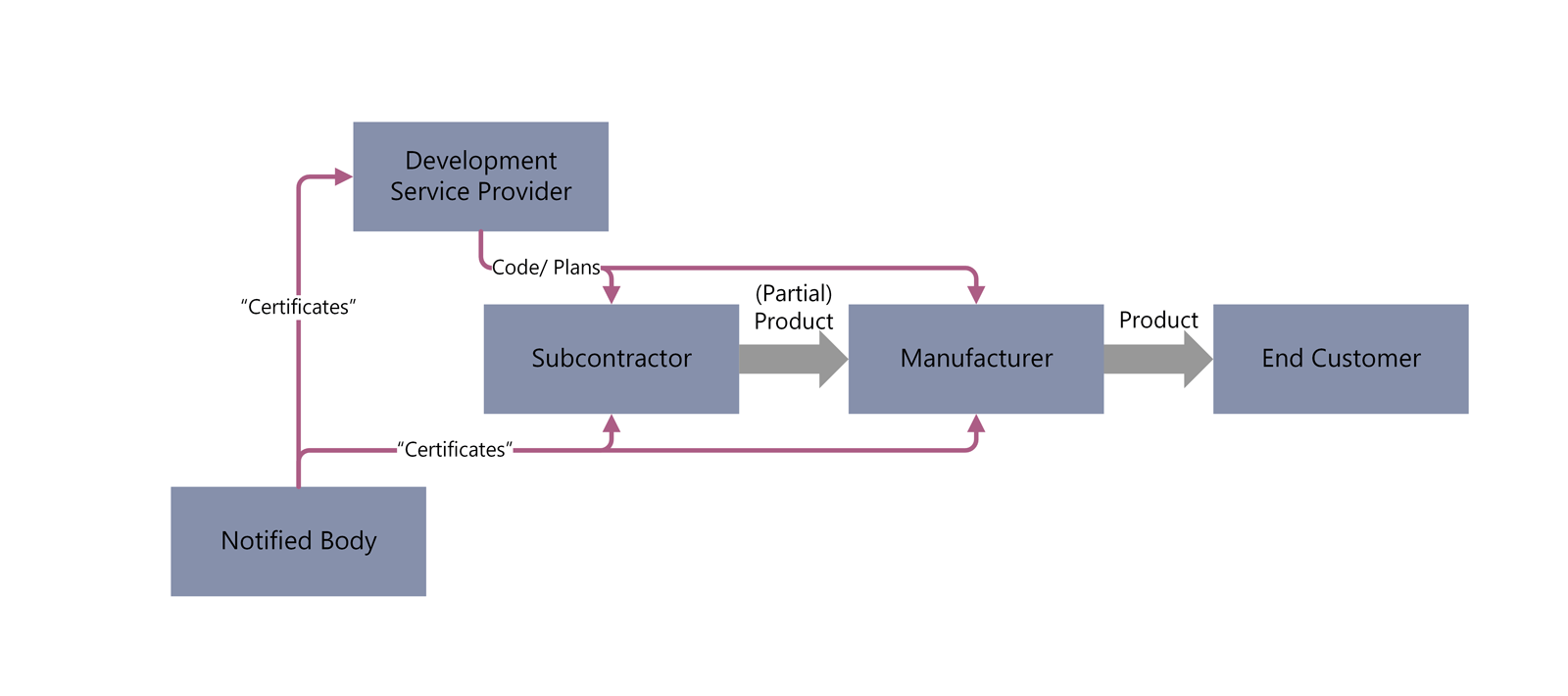 Functional Safety: What about Liability?
Functional Safety: What about Liability?
Time to Read 9 min
A Collection of Questions and Answers on Legal Aspects
As soon as it comes to functional safety, questions of liability arise. What if I as a developer commit a mistake ? Who is liable anyWhat use is the TÜV in this case? And many more....
I am trying to collect answers to these questions with my modest knowledge as an engineer. If you have any additions, other answers or new questions, please contact me by email.
With functional safety, one is actually always at the interface between technology and law. Therefore, engineers and managers should also understand some of the legal background.
The chapters refer to Swiss law, and in some cases also to German or European Union law. Please note: This is not legal advice, please consult your lawyer or a liability specialist.
Here you will find a collection of questions and answers:
- What are the terms? A short description of the terms used on this page
- What is the legal basis?
- How is the manufacturer liable?
- How is the subcontractor liable?
- How is the development service provider liable?
- How is the Notified Body liable?
- How is the employee liable?
- Are standards legally binding?


